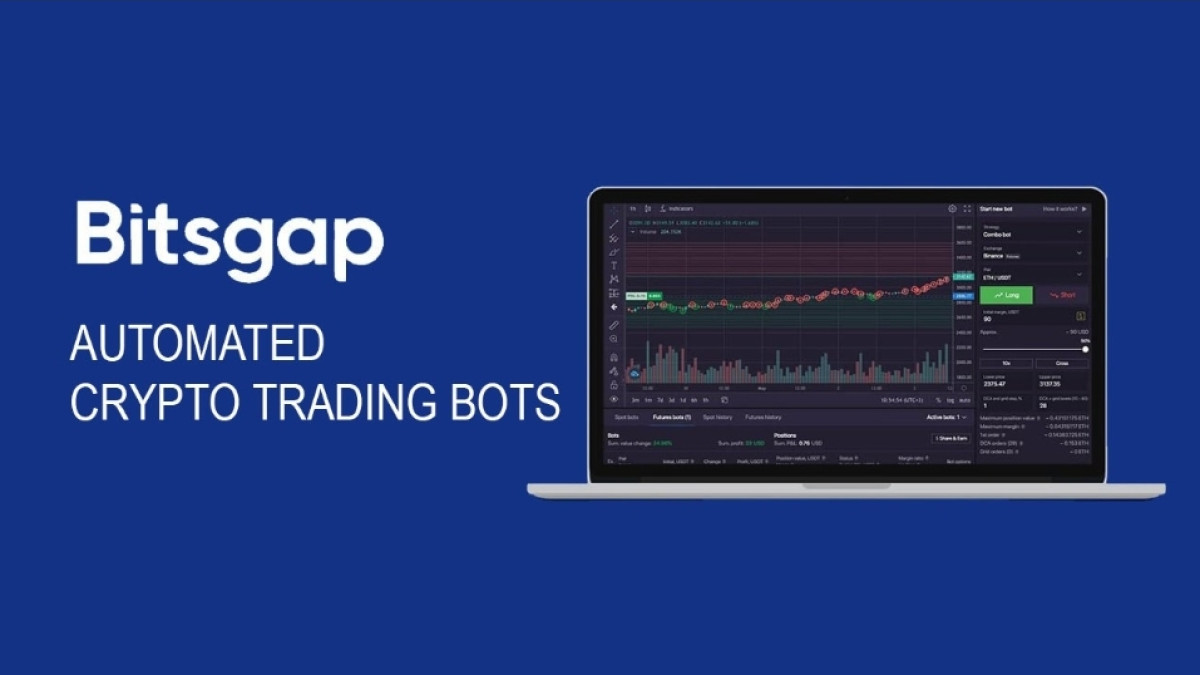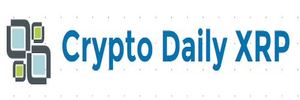Welcome to our latest blog post where we delve into the intriguing world of Ripple’s Central Bank, XRP Monetary Policy, and the accusations of evil surrounding them. As experts in the field of cryptocurrencies and blockchain technology, we pull back the curtain to provide an honest assessment of the controversy and provide insights into what this could mean for the future of the industry. So sit back and let’s explore the fascinating intersection of finance and technology that is Ripple.
 SIGN UP FOR A FREE 7 DAY TRIAL
SIGN UP FOR A FREE 7 DAY TRIALGET YOUR .CRYPTO DOMAIN AT UNSTOPPABLE DOMAINS
TRADE CRYPTO ON BINANCE HERE "LOW FEES"
Introduction
Ripple is a company that uses blockchain technology to help banks and financial institutions conduct fast and secure cross-border transactions. It has its own cryptocurrency, XRP, that is used in its payment network. Recently, Ripple’s CEO Brad Garlinghouse shared his views on central banks and the potential role of XRP in a central bank digital currency (CBDC) framework. In this article, we will look at Ripple’s role in the monetary policies of central banks and the controversies surrounding it.
What is Ripple Central Bank?
Ripple Central Bank refers to the use of Ripple technology in CBDCs issued by central banks. A CBDC is a digital version of a traditional currency that can be used for payments and other financial transactions. Central banks are exploring the use of CBDCs to ensure a more efficient payment system and to address issues with traditional currencies such as fraud, money laundering, and high transaction costs.
XRP as a Bridge Currency
Ripple’s payment network uses XRP as a bridge currency between different currencies. This means that XRP can be used as a means of exchange between two currencies, without the need for a direct conversion. This makes transactions faster and cheaper compared to traditional methods.
XRP Monetary Policy
Unlike Bitcoin, which has a fixed supply, Ripple has a pre-mined supply of 100 billion XRP. Ripple controls a large portion of this supply and can release it into the market as per its discretion. This has raised concerns about Ripple’s ability to manipulate the market and its impact on the value of XRP.
Escrow and its Impact
To address concerns about the release of XRP into the market, Ripple introduced an Escrow system in 2017. The system locks up a large amount of XRP in an escrow and releases it into the market gradually over time. This helps to control the supply of XRP in the market.
Brad Garlinghouse has talked about the potential role of XRP in a CBDC framework. He has mentioned that XRP could be used as a bridge currency between CBDCs issued by different central banks. This would make cross-border payments faster and cheaper. However, there is a possibility that XRP could be used as a lending-lender of the last resort capacity. This would mean that central banks could lend XRP to other financial institutions as a means of emergency funding.
Controversies and Speculations
There have been speculations and controversies surrounding Ripple and XRP. Some critics argue that Ripple is not a decentralized cryptocurrency and that it is more akin to a company. Ripple’s control over the supply of XRP has also raised concerns about its impact on the market.
However, supporters of Ripple argue that its technology can revolutionize the traditional banking system and offer faster and cheaper cross-border payments. They also argue that Ripple’s control over the supply of XRP is necessary to ensure stability in the market.
Conclusion
In conclusion, Ripple’s role in the CBDC framework and XRP monetary policy has sparked debates and controversies. While Ripple’s technology has the potential to revolutionize the traditional banking system, concerns about Ripple’s control over the supply of XRP and its impact on the market cannot be ignored. As always, before making any investment decisions, it’s crucial to conduct proper research and analysis.
FAQs
- Is Ripple a centralized cryptocurrency?
Ripple’s control over the supply of XRP has raised questions about its decentralization. However, supporters argue that Ripple’s technology can revolutionize the traditional banking system and offer faster and cheaper cross-border payments.
- Can XRP be used as a bridge currency between CBDCs issued by different central banks?
Brad Garlinghouse, Ripple’s CEO, has talked about the potential role of XRP in a CBDC framework. He has mentioned that XRP could be used as a bridge currency between CBDCs issued by different central banks.
- What is Ripple’s Escrow system?
To address concerns about the release of XRP into the market, Ripple introduced an Escrow system in 2017. The system locks up a large amount of XRP in an escrow and releases it into the market gradually over time. This helps to control the supply of XRP in the market.
- Can XRP be used as a lending-lender of the last resort capacity?
There is a possibility that XRP could be used as a lending-lender of the last resort capacity. This would mean that central banks could lend XRP to other financial institutions as a means of emergency funding.
- Should I invest in XRP?
As with any investment decision, it’s crucial to conduct proper research and analysis. It’s important to note that the content writer is not a licensed financial adviser, and all views and recommendations are for entertainment purposes only. The content creator disclaims all liabilities for trading and investment decisions based on video content.






